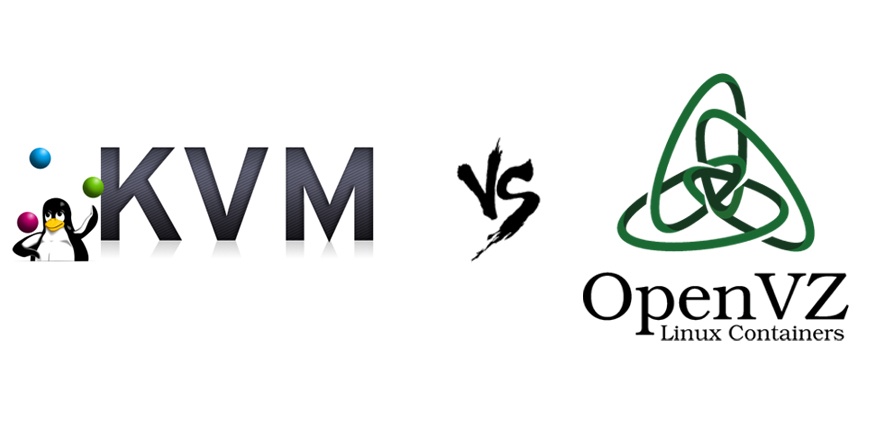
First of all, the most basic difference between OpenVZ and KVM is that OpenVZ can ONLY host Linux operating systems, while KVM is more flexible and can host Linux, Windows, and custom OS options.
Both a pro and a con of OpenVZ is the complete sharing of resources it allows. OpenVZ uses a shared kernel with a layer of virtualization on top of the actual Linux OS. Since this kernel is shared by all VPS users on this node, the kernel is not customizable. Once you have hit your allocated RAM provided to you by the host, the remaining RAM becomes a free-for-all for users on the server. This is not a problem if you run small applications, but you may be in trouble if you are running something more resource intensive.
KVM allows you to set maximum and minimum values to your resources, so that you only use the resources your application need. This is real hardware virtualization, meaning better performance from lower requirements on the hypervisor.100% of the RAM and disk resources are dedicated to one individual user. KVM provides a more. isolated environment and gives users their own kernel.
The risk of Overselling: Overselling is where a host will overcommit resources to certain accounts hoping that not every account uses up all those resources. While everything can be oversold, beware of shady hosting companies overcommitting OpenVZ systems and putting you on a system with too many containers. KVM can also oversold, but it’s better isolated. Since OpenVZ hosts often oversold, OpenVz servers are typically a cheaper cost than KVM servers.
OpenVZ provides the end-user with speed and scalability, and it’s more affordable. KVM offers private virtualized hardware including network card, disk and graphics adapter, and guaranteed resources for increased reliability and customizability. KVM packages are ideal for serious resellers, game servers, small businesses, and medium-sized enterprises.

